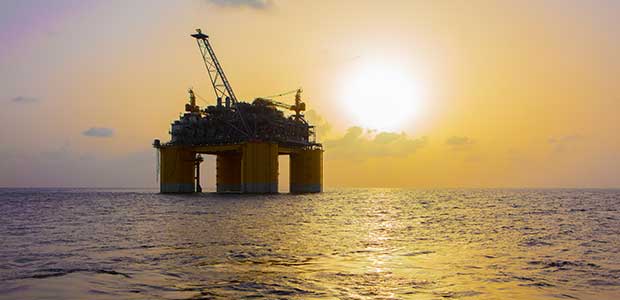
Upstream FIDs to Increase In 2024
HOUSTON—As many as 30 upstream projects larger than 50 million barrels of oil equivalent could reach final investment decision in 2024, an increase from 22 in 2023, according to a new report from Wood Mackenzie.
The report, “Class of 2024: Benchmarking This Year’s Upstream FIDs,” forecasts that project activity will increase this year, with a total of $125 billion in investment and the potential for 14 billion boe up for sanction.
“With many projects delayed or postponed, we expect operators to commit to more projects in 2024 than last year,” says Ross McGavin, principal analyst at Wood Mackenzie. “National oil companies in the Middle East will control the most projects, but the majors will be busy as well, particularly as they prioritize advantaged deepwater resources.”
As the number of projects rises in 2024, Wood Mackenzie suggests project break-evens will fall, with an associated rebound in returns, which dipped in 2023. The class of 2024 projects require an average of $47 a barrel to generate a 15% internal rate of return, slightly below the class of 2023’s $49/bbl, the firm details. It says the weighted average IRR for the class of 2024 is 23%, helped by a higher liquids weighting of 57% in 2024, compared with 2023’s 46% and the five-year average of 51%.
“The higher liquids weighting and higher long-term price assumptions will improve IRRs for this year’s projects,” McGavin predicts. “Most payback periods are less than eight years from FID, as operators focus on rapid execution, lower unproductive capital and higher returns.”
With a significant emphasis on deepwater projects and advantaged barrels, the class of 2024’s emissions intensity will average 13.6 kilograms of carbon dioxide equivalent for every barrel of oil equivalent produced, Wood Mackenzie calculates. The firm says this number is well below the global onstream average of 21 kgCO2e/boe (including liquefaction emissions).
“New projects are a lever to meet emission reduction goals, especially those focused on deepwater projects that continue to deliver on low emissions intensity and economic returns,” McGavin says.
To purchase the full report, see Class of 2024: Benchmarking This Year’s Upstream FIDs.
Deepwater Fracturing
In a separate report, Enverus Intelligence Research has found that fracturing can boost production from the Gulf of Mexico’s Lower Tertiary play by 170% in five years.
“Growth of oil production from the Gulf of Mexico depends on operators successfully developing reservoirs found in the Lower Tertiary geological trend,” assesses Marvin Ma, report author and a vice president at EIR. “Developing the resource is challenging because the reservoirs typically contain ultrahigh pressure and low permeability, so modern drilling and fracturing technologies are critical to unleashing their potential.”
“The market is underappreciating the role of hydraulic fracturing in the Gulf of Mexico—and its role in growing the Lower Tertiary play and potentially other offshore regions,” adds Andy McConn, director and head of commercial intelligence at EIR.
The firm highlights several of the report’s predictions and observations:
- The Lower Tertiary play will lead the GOM’s oil production growth, achieving a compound annual growth rate of 22% between 2023 and 2028.
- Only four operators have fractured 27 wells in the past decade, representing half of the Lower Tertiary’s producing wells.
- Three-five zones can be fractured for each well, with an average treatment time of two days for each zone.
- For the Julia, Saint Malo and Stones fields, EIR estimates that fracturing will increase estimated ultimate recoveries by 6-10 million barrels a well.
Subscribers to Enverus Intelligence® can access the report by clicking the orange button at Unearthing the Potential Beneath Deepwater Fracturing.
For other great articles about exploration, drilling, completions and production, subscribe to The American Oil & Gas Reporter and bookmark www.aogr.com.













